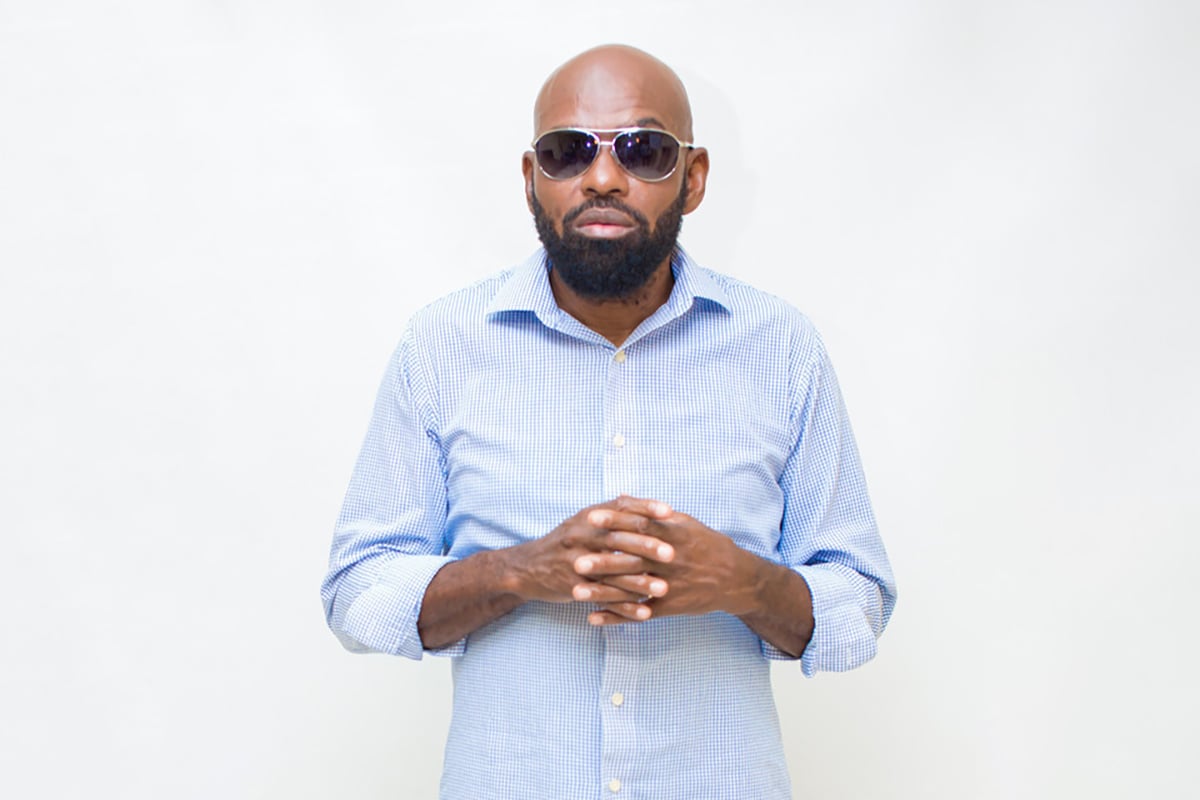Lieutenant Stitchie Relays Pioneering Role In Developing Dancehall

Music icon Lieutenant Stitchie has reminded his younger fans of the role he played in developing Dancehall music, by pioneering some of the most acclaimed deejaying styles that now form the foundation of the genre.
According to Stitchie, among the landmark deejay styles he pioneered were the storytelling, fast-deejaying, and the spelling patterns, which over the decades have been adapted by many of his contemporaries, as well as younger deejays and even American artists.
“I originated the Story time style as well that so many Dancehall artistes used including Ninjaman evident on his song Border Clash. Several other artistes used it as well,” Stitchie noted on his Instagram page recently.
His speed-deejaying style which was emulated by Busta Rhymes, was also another proud part of Stitchie’s Dancehall legacy, as it was even used by veteran deejay Daddy Freddie to cement himself in the Guinness Book of Records, as the fastest rapper in the world.
“I also originated my laba laba style and recorded it on the Stereo One label, in 1985 which Peter Metro then recorded in Police inna England. Papa san used it on stage at sting 1985 alongside Tonto Irie on stage and Daddy Freddy used it to secure credit as the fastest talker in the Guinness Book of Record,” Stitchie explained.
He added: “I also originated the spelling style in lyrics in Dancehall which I recorded on a song entitled Learn to spell which the style was used by Vybz Kartel. I could go on and on but I am happy that you found out that I am the originator of the stamma style which so many artistes used…”
One of Stitchie’s fans, jimmycclass, hailed him for his phenomenal work in the development of the genre.
“Thank you Governor. I am a beneficiary of your creativity. As I write lyrics I have a reference…👏,” he responded, to which the Wear Yuh Size artiste replied: “@jimmycclass I applaud you for your humility and transparency in giving credit and honor to you being a benefactor of my creativity, and I encourage you to continue working on your craft diligently, you will real a bountiful harvest.🙏❤️🇯🇲”
In terms of Daddy Freddy, he grew up in Trench Town in Kingston, and was enlisted to work with Lt. Stichie by Ranking Joe.
His use of Stitchie’s style gained him global status, after he broke the World Record for World’s fastest rapper in 1989, as part of the Capital Radio Music Festival.
Freddy eventually smashed the record four times taking it from 346 syllables to 598 syllables per minute, twice in the UK – in Covent Garden and at BBC’s Record Breakers show – and two times in the US at the New York Empire State Building and in Washington.
In a 2017 article which was published on Penthouse Records website, Stichie, in giving a historical background of his deejaying career, said that as the number one deejay on Stereo One sound system, he had many clashes with other sound systems and their deejays and defeated them all.
“I’ve never lost in a lyrical showdown since the infancy of my career to this day and my lyrical prowess and supremacy has never been in question from then, even until current,” Stitchie had said.
“I’ve changed the face of dancehall music from being just about rhyming to writing stories using colorful adjectives, figures of speech; like similes, metaphor, personification and so on,” he added.
He had also spoken glowingly of his creativity and how he added depth to Dancehall, using even his training as a Physical Education and Biology teacher to bring academic classes to Dancehall in song, something never before seen in Dancehall at the time.
“I introduced lyrical styles by spelling while delivering a powerful message in a song, stuttering deliberately while flowing on a rhythm flawlessly, speed rapping lyrics on a rhythm at tremendous pace without losing the tempo and simultaneously, delivering the lyrics with clarity… I introduced lessons like biology, English language, West Indian history… from high school curriculum to dancehall fans globally. I introduced new words and meanings from the Oxford dictionary which took the dancehall vocabulary to a new level, which is patterned by so many of the new dancehall artists today,” he said in the interview.
In explaining how he developed his fast deejaying style, Stitchie had said he emulated artists before him namely Brigadier Jerry and Ranking Joe.
“Being revered as the king of the fast style in dancehall… What gave birth two the idea was my first exposure two of Jamaica’s most prominent dancehall icons, namely Brigadier Jerry and Ranking Joe.
“After being mesmerized by their flow in the Dancehall, I admired their flow and developed my own style, plus naturally, this is one of our family uniqueness, talking fast, so it’s just a natural progression… and this also clearly defines my identity and peculiarity as an artist,” he said.
“I’m also aware that a lot of other artists has emulated my style of fast talking, but emulation is the greatest form of flattery, moreover, my specific style of delivery is still exclusive to me,” he added.
